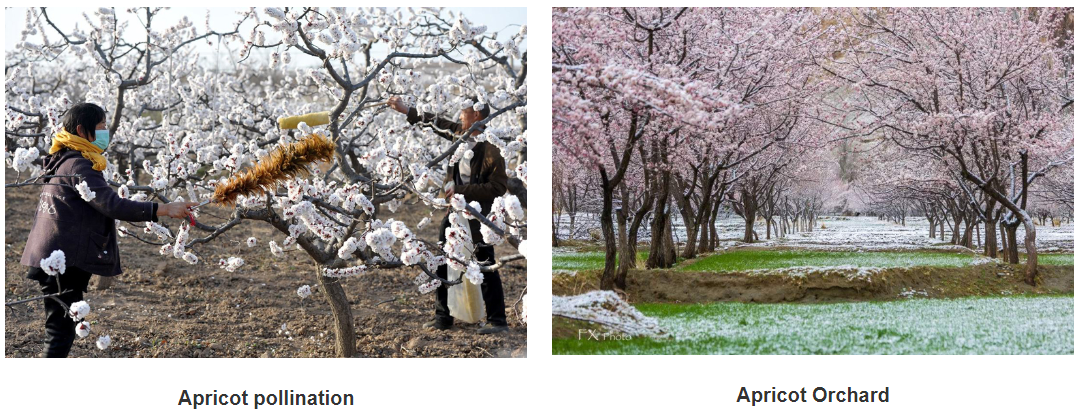Oct . 17, 2024 01:57 Back to list
pollination pollen of kiwifruit in orchard exporters
The Critical Role of Pollination in Kiwifruit Production for Exporters
Kiwifruit, known for its vibrant green flesh and unique flavor, has become increasingly popular in global markets, making New Zealand, Italy, and Chile prominent players in its export. However, the success of kiwifruit cultivation hinges largely on effective pollination, which directly influences fruit yield and quality. In this article, we explore the crucial relationship between pollination and kiwifruit production, highlighting key factors that exporters need to consider.
Pollination is the biological process where pollen from male flowers (of the Actinidia deliciosa plant) is transferred to female flowers, leading to fertilization and fruit development. Kiwifruit plants are typically dioecious, meaning they have distinct male and female plants. This characteristic necessitates the strategic planning of orchards, as having an adequate number of male plants is essential for ensuring effective pollination. Generally, it is recommended to plant one male for every four to six female plants to maximize the pollination percentage.
The role of pollinators, particularly honeybees, cannot be overstated. Honeybees are the primary agents of pollination for kiwifruit, and their presence in orchards significantly boosts fruit set and size. Studies have shown that orchards with healthy bee populations can achieve up to 80-90% pollination rates, leading to enhanced yield and quality. Conversely, inadequate pollination can result in poor fruit development, small size, and decreased marketability, which are detrimental to exporters.
pollination pollen of kiwifruit in orchard exporters

Environmental factors also play a significant role in pollination success. Weather conditions, such as temperature and wind, can affect bee activity and the viability of pollen. Optimal temperatures for bee activity typically range from 15°C to 25°C. Rain and strong winds can deter bees from foraging, negatively impacting pollination rates on those days. Therefore, understanding local climatic patterns can help kiwifruit growers plan for the best pollination windows.
Additionally, promoting biodiversity within orchards can enhance pollination efficiency. Planting various flowering plants alongside kiwifruit can attract a wider range of pollinators, increasing the chances of successful fertilization. Moreover, maintaining ecological balance through sustainable farming practices ensures that pollinators thrive, which, in turn, benefits kiwifruit production.
For exporters, maximizing kiwifruit yield through improved pollination strategies can significantly impact profitability. Higher-quality fruit commands better prices in international markets, making attention to pollination an essential part of the production strategy. As the global demand for kiwifruit continues to rise, understanding the intricacies of pollination will be vital for exporters seeking to maintain competitive advantages and ensure the sustainability of their orchards.
In conclusion, pollination is a fundamental component of successful kiwifruit production. By focusing on effective pollination strategies and fostering healthy ecosystems, kiwifruit exporters can enhance their yields, improve fruit quality, and secure their place in the competitive global market.
-
Artificial Pollination Solutions for All Plant Pollen Types
NewsJul.29,2025
-
Premium Plant Pollen for Pure Pollination & Pollen Block Solutions
NewsJul.29,2025
-
Artificial Pollination Solutions for Efficient Crop Yields
NewsJul.28,2025
-
Premium Cherry Pollen for Pure Pollination & Different Types of Pollen
NewsJul.28,2025
-
Eco-friendly Fruit Paper Bags with Pollen Block Technology
NewsJul.26,2025
-
Premium Kiwi Pollen for Sale – Fresh Male Kiwi Pollen Supplier
NewsJul.25,2025